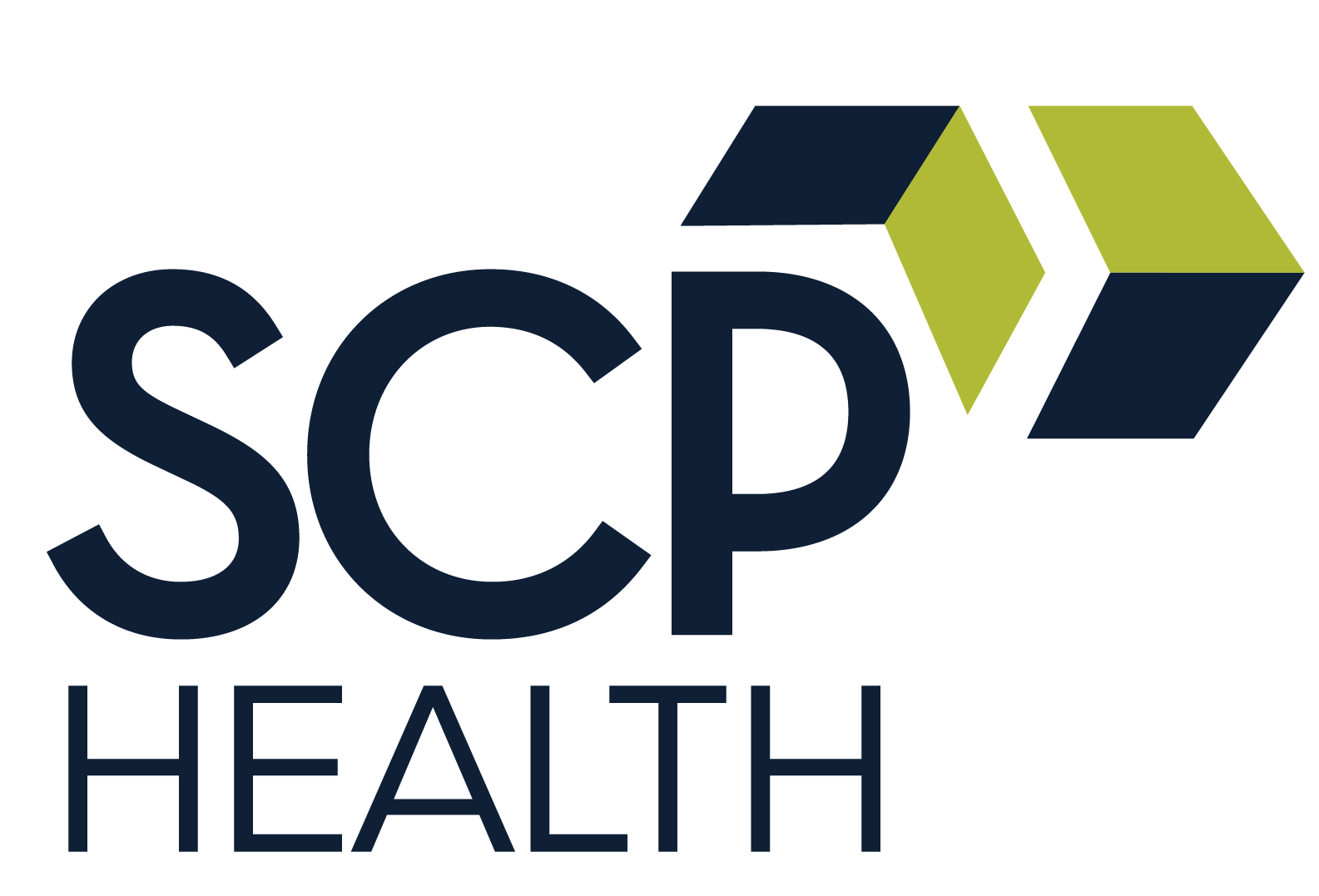The benefits of dedicated intensivist support
It’s no secret that diversifying your teams with specialists in multi-professional fields can improve patient care, hospital costs, and overall provider environment.
With the current challenges of critical care in the US, industry experts are suggesting that a dedicated team of trained and credentialed intensivists can not only provide cost savings for the hospital but also top-tier care for patients.
Hospitals admit more than five million patients to intensive care units (ICU) across the U.S. each year. The severity of their condition is rather high by nature and, therefore, the mortality stats are disturbing — nearly 200,000 of the above-mentioned patients each year do not survive. Given these statistics, it is vital that hospitals ensure their ICUs are providing the highest quality care.
Benefits to hospitals
Having dedicated intensive care specialists who make the ICU their primary area of practice enables a high level of service for patients, their families, and the hospital staff. Every hospital wants to maintain a great relationship with their community, and these intensivists can help support development of a marquee service that contributes to an improved reputation with patients and families.
Additional benefits of an intensivist program include reduced lengths of stay and overall costs of care while improving quality of care and outcomes. A facility can increase its capabilities by serving a broader portion of patients’ needs, which in turn improves sustainability.
More importantly, there’s no more fractionalized care for the patient. Overseen by the intensivist, patient care is consolidated and coordinated so that the medical staff has one representative for questions and answers.
Added benefit to smaller hospitals
In today’s health care landscape, smaller community-based hospitals face significant challenges in providing optimal critical care. The traditional model where primary care physicians managed their critically ill patients in the ICU has largely been replaced by a hospitalist-intensivist model.
The limitations of the older approach included primary care physicians having limited experience with critically ill patients, resulting in the need to consult multiple specialists and creating fragmented care. Additionally, these physicians faced time constraints due to their responsibilities to other hospitalized and office patients.
Modern smaller hospitals now recognize that implementing a dedicated intensivist program allows them to provide higher-quality critical care services while keeping patients in their community. Without adequate ICU staffing models, many smaller hospitals would need to transfer patients who could otherwise be treated locally to tertiary facilities, creating financial strain and potentially damaging their community reputation.
Additional benefits to patients
Patients in hospitals with an ICU managed by intensivists’ experience show:
- Improved outcomes and shorter hospital stays;
- Lower mortality rates (as much as 40 percent, according to one estimate);
- Fewer clinical and procedural complications;
- Decreased infection and ventilator rates;
- Improved patient satisfaction;
- Patients stay in the community hospital setting rather than being transported to other facilities.
Our intensivist program
At SCP, we are committed to innovative practices and continuous improvement in the quality, safety, and efficiency of care for patients.
That is why, in addition to our long-standing EM and HM services, we offer a dedicated, independent intensivist program for small- to mid-sized community hospitals. This represents an exciting growth area and a valuable service SCP provides to community hospitals.
To achieve a seamless program, board-certified intensivists are on-site and coordinate patient care with a multidisciplinary team of nurses, specialists, and other medical professionals.
Each member of the ICU staff strictly adheres to detailed, evidence-based protocols, which are critical to improving outcomes and quality.
Based on the facility’s size, SCP’s clinical team will recommend the most appropriate and cost-effective coverage model. Growing programs, or those with specialty needs, can be staffed with 24-hour physician coverage.
In those cases that might have 12-hour overnight shifts, NPs and PAs specially trained in critical care are physically present and supported at all times by the attending intensivist.
The intensivists review treatment goals daily with ICU staff, patients, and family members. To round out the service, clinicians coordinate the care plans with the patient’s primary, specialty, or consultative physicians.
Conclusion
Patients transition from the ED and hospital to the ICU under the direct supervision of the emergency physician and hospitalist. As a result, treatment becomes a collaborative care team effort.
Wondering how you could implement an intensivist program in your ICU? Contact us to discuss your goals with our team of experts.






